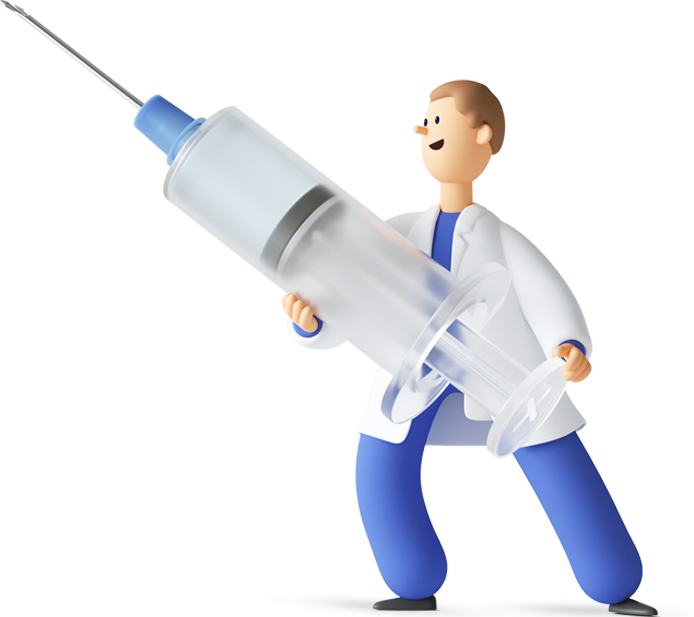What Are The Warning Signs Of A Damaged Liver?
People enter alcohol addiction treatment in Ontario, Canada, for many reasons. They are almost always deeply personable and born of a desire to create a better life for themselves and their loved ones. Sometimes, significant health scares spur and urgency that lead people to treatment. While the entire body is affected by alcoholism, the liver is uniquely targeted by this gripping disease.
What Are The Warning Signs Of A Damaged Liver?
Many people entering alcohol addiction treatment claim to have done so because they started noticing changes in the way they looked and felt. There are a few telltale signs of a potentially damaged liver. These are:
- Feeling unwell. If your liver is damaged, it can’t perform at its peak. This means that you may experience skin problems, headaches, and fatigue triggered by your body’s inability to clear out toxins.
- Jaundice. Jaundice is a yellowing of the skin and eyes. It’s also caused by liver damage and the resulting buildup of bilirubin.
- Frequent gas. Bloating, abdominal pressure, and dense stool may also be a sign of a damaged liver since the body does not properly secrete the digestive juices necessary to thoroughly break down solids.
- Confusion. Toxin buildup can trigger a type of brain fog medically known as hepatic encephalopathy.
- Fluid retention. A surprisingly large number of people in alcohol addiction treatment complain of fluid retention. People in the early stages of liver disease may experience frequent swelling of the feet, ankles, and fingers.
- Dark urine. Toxin buildup can turn the urine dark. It’s important to note that dehydration can also cause dark liver. However, dark urine with ashy colored stool is a complication of liver damage.
- Loss of appetite. Loss of appetite and sudden weight loss may also be an indication that something’s not right with the liver.
Risk Factors
One thing that alcohol addiction treatment in Ontario, Canada, teaches is that there are many different risk factors of a damaged liver. These include the use of alcohol, fatty liver disease, the use of certain medications and supplements, and even viral infections.
It takes a surprisingly large amount of alcohol to begin damaging the liver. Per week, women should stick to fewer than seven alcoholic drinks and men fewer than 14. Fatty liver disease is a side effect of obesity, which itself may be partially the result of alcoholism. People who use too much Tylenol (more than 4000 mg per day) can also damage their liver. Viral infections, such as hepatitis B and C are another risk factor that people should be aware of.
The signs of the damaged liver can include everything from a general feeling being unwell to more serious concerns, such as hepatic encephalopathy. But the advice is still the same: if you have liver damage and are still consuming alcohol, it’s time to stop.
Contact Aegis Medical today to find out more about alcohol addiction treatment in Ontario, Canada, and how it can help you reclaim your health.





